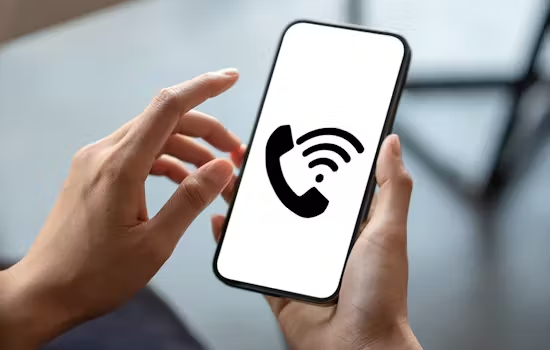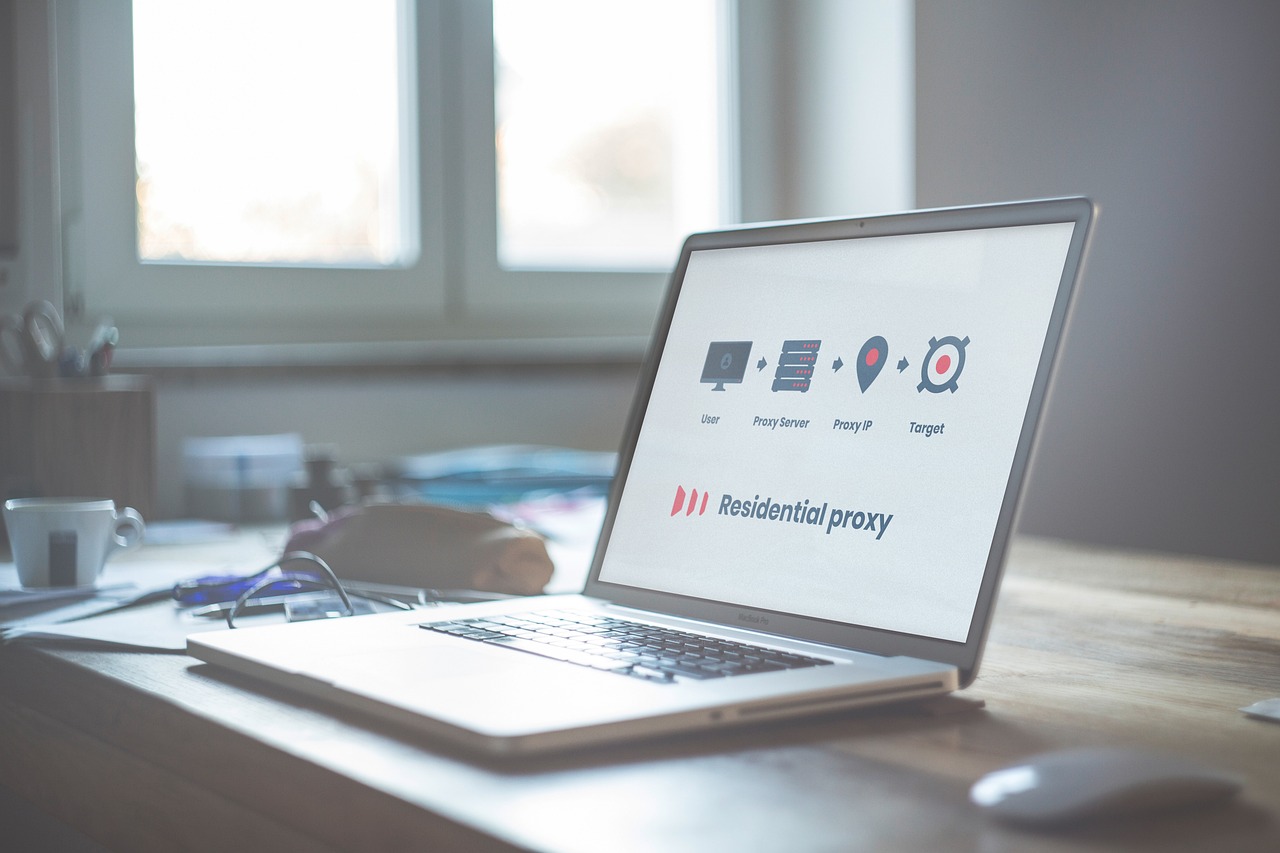Have you ever wondered what is Wi-Fi calling and why it matters? In this article, we’ll explain what Wi-Fi calling is, how it works, the pros and cons, and how to set it up easily. We’ll also share some numbers to show how fast it’s growing, along with simple tips, quick links to related topics, and FAQs to clear up any confusion.
Understanding Wi-Fi calling matters today because so many of us face poor cell signal indoors, especially in remote or underground places. Wi-Fi calling helps fill that gap using your internet connection, so your calls don’t drop out and stay clear.
What Is Wi-Fi Calling?
Definition: Wi-Fi calling, also called VoWiFi—is a feature that lets you make and receive phone calls using a Wi-Fi network instead of relying on traditional cell towers.
How it’s different from regular mobile calling:
- Cellular calls go through towers.
- Wi-Fi calling sends your voice over Wi-Fi to your carrier, then routes it just like a regular call.
What you need:
- A supported device like modern iPhones (iPhone 5C or newer with iOS 8+), most Samsung Galaxy phones, Google Pixels, etc.
- A carrier plan that includes Wi-Fi calling.
- A decent Wi-Fi connection.
How Wi-Fi Calling Works
Step-by-Step:
- Your phone connects to your home or public Wi-Fi network.
- It uses VoIP (Voice over IP) technology to send your call.
- The call goes through Carrier servers (via IMS) and reaches the person you’re calling.
Role of Wi-Fi:
Wi-Fi acts as the “cell tower” in places where mobile service is weak, like basements or thick-walled buildings.
Difference from VoIP apps (WhatsApp, Skype):
- VoIP apps need you to install an app and might require a different username or ID.
- Wi-Fi calling uses your phone’s regular dialer and number — no extra apps or accounts needed.
Benefits of Wi-Fi Calling
- Clearer calls in areas with poor cell signal but strong Wi-Fi.
- Saves money, especially for international calls or roaming—no extra charge beyond your usual plan.
- Seamless switch between mobile and Wi-Fi when needed.
- No extra apps or accounts needed—it’s built into your phone’s system.
Visual: Growth of VoWiFi
Here’s a simple graph showing how fast the global VoWiFi (Wi-Fi calling) market is growing:
| Year | Market Size (USD) |
|---|---|
| 2019 | $2.0 billion |
| 2030 (est.) | $22.8 billion |
This reflects a 24.5% CAGR from 2020 to 2030—an impressive growth driven by better Wi-Fi, more users, and broader adoption.
Potential Drawbacks of Wi-Fi Calling
- Dropped calls if your Wi-Fi is weak or unstable.
- Data usage on some networks, though typically Wi-Fi calling uses minutes, not mobile data; always check with your provider.
- Security risks when using public Wi-Fi, calls might be encrypted, but public networks have more vulnerabilities.
How to Enable Wi-Fi Calling on Your Phone
For iPhone:
- Go to Settings > Phone.
- Tap Wi-Fi Calling.
- Turn it ON and confirm or update your emergency address.
For Android (may vary by model):
- Go to Settings > Network & internet or Connections.
- Tap Wi-Fi Calling.
- Enable it and set the emergency address.
Tips:
- Make sure your carrier supports Wi-Fi calling.
- If things don’t work, try restarting your phone, reconnecting Wi-Fi, or checking for system updates.
Wi-Fi Calling vs. Regular Cellular Calling
| Feature | Cellular Calling | Wi-Fi Calling |
|---|---|---|
| Network | Cell tower | Wi-Fi + Carrier backend |
| Dependency | Cell signal | Wi-Fi strength |
| Call Quality | Varies by area | Better indoors, if Wi-Fi is good |
| Cost | Depends on plan | Usually same as regular calls |
| Switching | No smart handoff | Automatic if set to “Wi-Fi preferred” |
Wi-Fi calling can offer better quality indoors and be cost-effective, but depends on Wi-Fi. Cellular is more predictable outdoors or during travel.
Wi-Fi Calling and International Calls
Using Wi-Fi calling while abroad can help you avoid roaming fees. As long as you’re connected to Wi-Fi and have a plan that supports it, calls usually ring through just like at home.
Tip: Confirm your provider’s policy on international Wi-Fi calling, some destinations or countries may have restrictions or charges.
Security & Privacy in Wi-Fi Calling
Calls are usually encrypted between your phone and carrier, so they’re fairly safe. But on public Wi-Fi, there’s always some risk. Only use trusted networks if you’re sharing personal or sensitive info.
Some users note that enabling Wi-Fi calling gives providers more info about your online activity, so be mindful of permissions and locations shared.
Common Myths About Wi-Fi Calling
- “It uses too much data.”
Not usually, it mostly uses minutes and minimal Wi-Fi bandwidth. - “It’s the same as VoIP apps.”
Not quite, Wi-Fi calling uses your dialer and number, while VoIP apps need downloads and may use different contacts. - “It drains battery faster.”
Mixed, if your cell signal is poor, Wi-Fi calling may use less battery. But constant Wi-Fi does burn more power .
When Should You Use Wi-Fi Calling?
- In rural or remote spots with poor cell coverage.
- When traveling internationally, to avoid roaming charges.
- Inside buildings like basements, offices, or thick walls where cell signals are weak.
FAQs
1. Is Wi-Fi calling free?
Mostly yes, it uses your existing calling plan and Wi-Fi. You don’t pay extra unless your carrier has special fees.
2. Does Wi-Fi calling work without mobile data?
Yes. It uses Wi-Fi, not mobile data, and counts as a regular call.
3. Will Wi-Fi calling work in airplane mode?
Yes, if you turn on Wi-Fi manually while in airplane mode and your carrier allows it.
4. Does Wi-Fi calling affect battery life?
It depends. It might save battery if cell signal is poor, but running Wi-Fi constantly can consume more power.
5. Can Wi-Fi calling work on any Wi-Fi network?
Most home networks work fine. Public Wi-Fi may work too, but some networks block VoIP or have firewalls. Go with secure, reliable Wi-Fi when possible.
6. Can Wi-Fi calling completely replace mobile signal in rural areas?
Not completely. Wi-Fi calling can help in rural areas if you have a stable internet connection, but you’ll still need mobile signal when Wi-Fi isn’t available.
7. Does Wi-Fi calling work in underground locations like basements or subways?
Yes, Wi-Fi calling can work in basements or subways as long as there’s a strong and stable Wi-Fi connection, even if there’s no mobile signal.
8. How does Wi-Fi calling maintain call quality when cell signal is weak?
Wi-Fi calling keeps call quality high by routing your voice over a stable internet connection instead of relying on weak cell towers. This reduces dropouts, delays, and static, as long as the Wi-Fi signal is strong and consistent.
Disclaimer
This article is for general information only. Each carrier and device may have different terms, features, or fees. Always check your provider’s specific policy and terms before enabling or relying on Wi-Fi calling.



